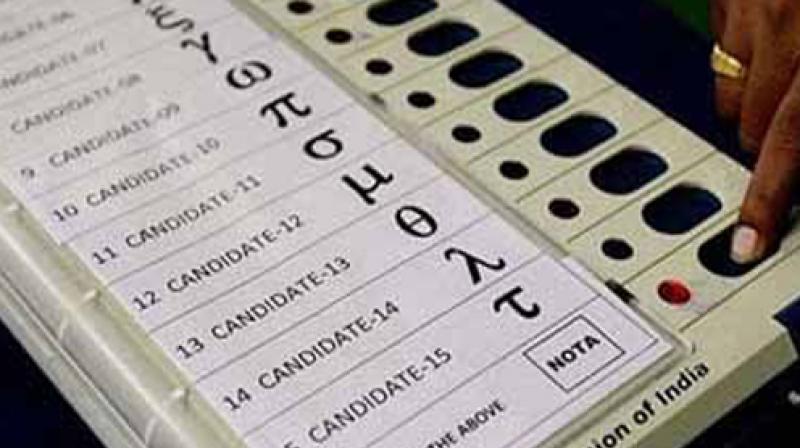World’s largest poll exercise starts today

The greatest democratic exercise on Earth begins today. The last such event took place five years ago, but this time the number of eligible voters has risen to 900 million, and there is also a kind of desperation about the battle for power. As 20 states and Union territories vote on April 11 for 91 parliamentary seats and a few state Assemblies, including Andhra Pradesh, the issues around the incumbent Prime Minister — who has turned nationalistic in a hawkish manner in a bid to retain power against forces aligned to oust him and his BJP party — would come into sharp focus. India's elections, despite the huge diversity of 29 states and UTs, have been fought earlier too on a single dominant figure like, say, Mrs Indira Gandhi. This may be why the ruling forces have projected it as a kind of presidential election, although the Opposition has more than one potential prime ministerial candidate besides Congress president Rahul Gandhi.
The choice is, however, always in the hands of the voter and India's elections have earned a name globally for fairness, though the playing field seems a bit skewed this time by an Election Commission turning a Nelson's eye to several complaints. India's proven democratic capability of counting the votes of people accurately makes this a credible exercise in determining who has emerged the winner. The 15 million first-time voters who are likely to turn up in the seven phases, and who have the freedom to think independently in modern India, make up the first big unknown factor. No matter what psephologists may say with a “poll of polls” indicating a likely bias in favour of the ruling alliance, the final result is anyone’s guess. It’s also a fact that women outnumber men at EVMs, and more of them are prone to making independent choices than voting as a family unit as they once used to. Their choice is the second great unknown in this grand exercise.
The regional pulls and pressures dictating voter choice are ranged against what are seen as national compulsions in India’s federal system. The result of who gets the right to speak from the ramparts of the Red Fort in Delhi on the next Independence Day may be shaped by pre-poll alliance arithmetic as well as post-poll arrangements. The 2014 verdict was different in giving a clear majority to a single party after 30 years. That must, however, be qualified by the reality of numbers, as only 31 per cent of people voted for the BJP. After five years, rural distress is in sharper focus, so too the jobs scenario, even as living conditions have become more challenging for many, including the vibrant middle class. How the people of India view this and decide which button to press at the EVMs lends our democracy its fascination. The nation can hardly wait for May 23 to know the results.

